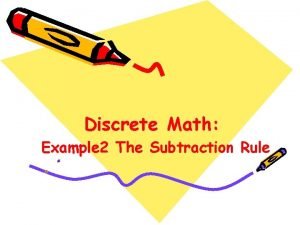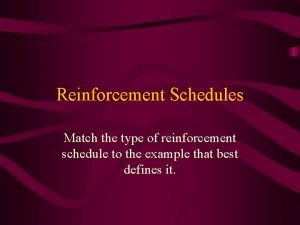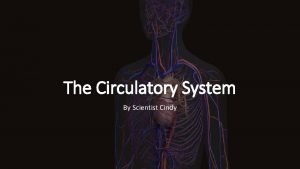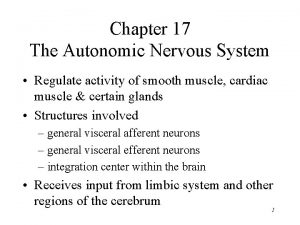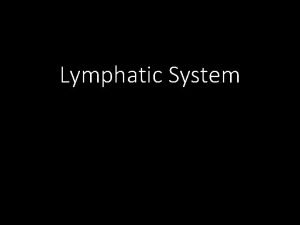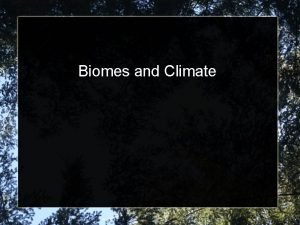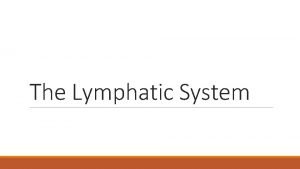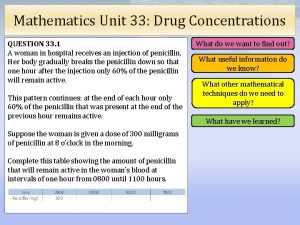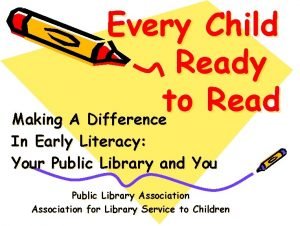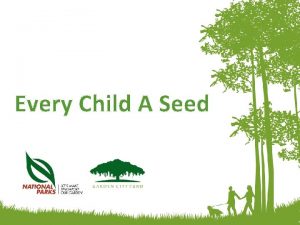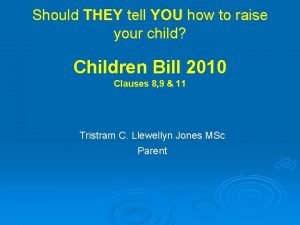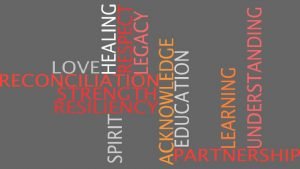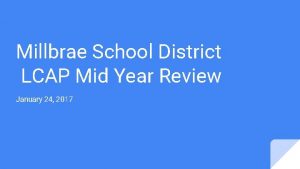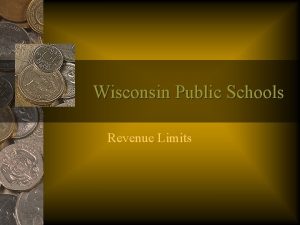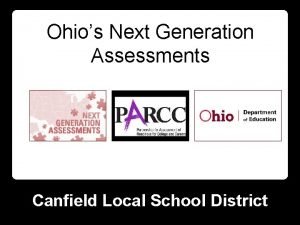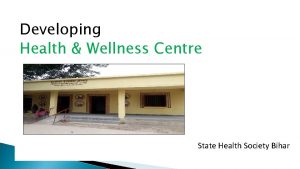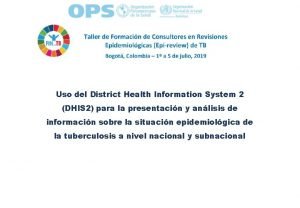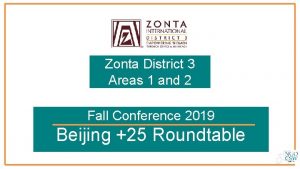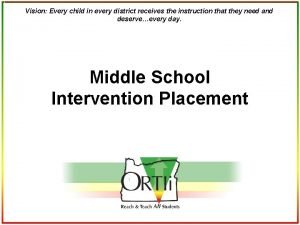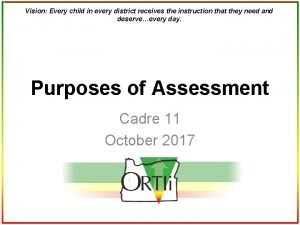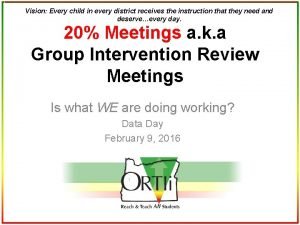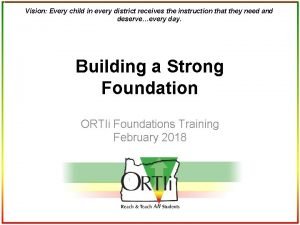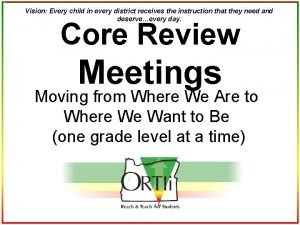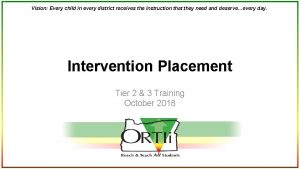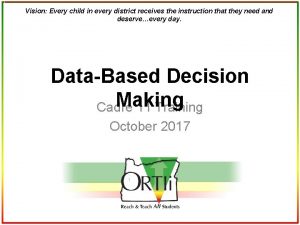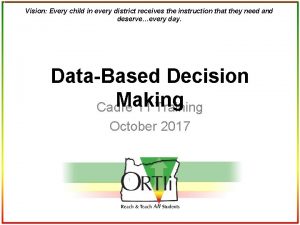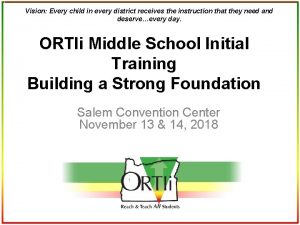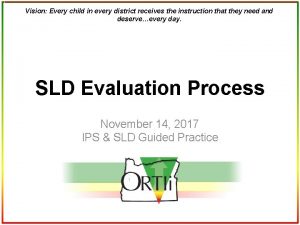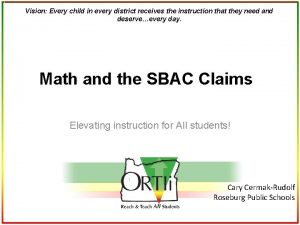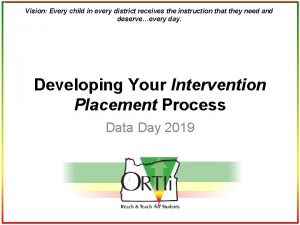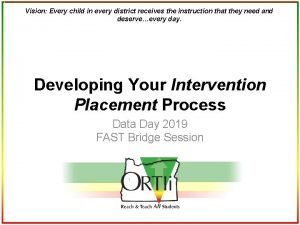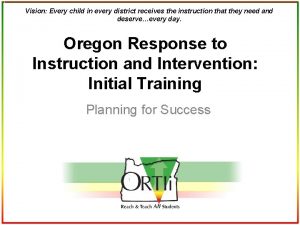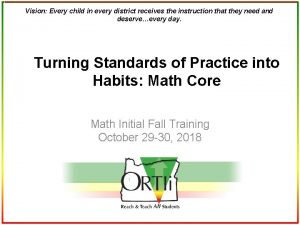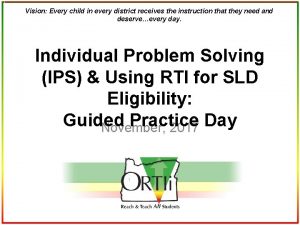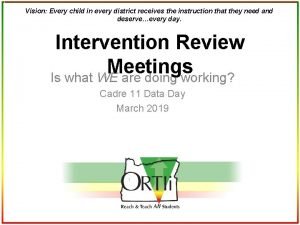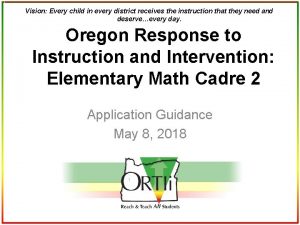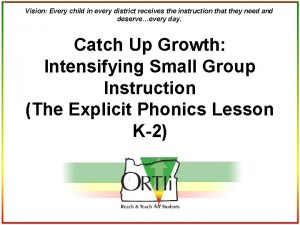Vision Every child in every district receives the




















































































- Slides: 84

Vision: Every child in every district receives the instruction that they need and deserve…every day. District Level Data Review The Effective Way to Improve Student Outcomes COSA Assessment Conference August 5, 2016

Purpose Learn about an effective way for a district to analyze data, practices, and capacity to improve student outcomes


Why! Percentage of Oregon Student Meeting or Exceeding 100 80 60 72 73 66 66 40 68 68 49 46 20 0 3 rd 12 -13 OAKS 4 th 13 -14 OAKS 5 th 14 -15 SBAC 55

Why! Percent of Oregon Student at Level 3 or 4 on SBAC 2014 -15 100 80 60 40 20 0 46 33 27 3 rd All Students 49 37 31 4 th Econ Dis. 54 41 36 5 th Hispanic

It’s About Focus!

It’s About Focus!

How do you start this process? Hold District Level Data Review Meetings Who attends? When? • District Leadership: • Typically as part of Superintendent, C & the CIP process I, Special Education, EL, (principal representation, TOSAs)

Problem Solving Across Levels of Support Tier 3: Individual Problem Solving Meetings FEW STUDENTS Tier 2/3: 20% Meetings SOME STUDENTS What is the problem? How is it Why is the problem Tier 1: working? occurring? 100% Meetings/District What are we going to do about the Data 9 problem? ALL Review STUDENTS

The Problem Solving Process How is it working? 4. Plan Implementation & Evaluation What are we going to do about the problem? 10 1. Problem Identification Improved Student Achievement 3. Plan Development What is the problem? 2. Problem Analysis Why is the problem occurring?

Step 1: Problem Identification 1. Problem Identification Improved Student Achievement 11 What is the problem?

Problem Identification 15% 5% 15% 25% 60% Where we are At least 80% Where we want to be

Are we improving outcomes for students? What about subgroups? If good progress is occurring, maintain supports 25% 11% 64% 18% 12% 15% 70% 74%

Step 1: What are the needs?

How much growth is “good”? General Guidelines 1. Increase the percentage of Benchmark students by approximately 5 -30% from the current benchmark. 2. Decrease/Increase Strategic by approximately 5 -15% from the current benchmark. 3. Decrease Intensive percentages by approximately 5 -15% from the current benchmark.

Is what we are doing working? If progress is insufficient, intensify supports 25% 19% 14% 30% 34% 36% 45% 47% 50%

Is the district making progress? (DIBELS CTL)

Is the district making progress? (easy. CBM)

Is the district making progress? (DIBELS. net)

Are subgroups making progress? (DIBELS. net)

Is the district making progress? (PBIS Assessment) (Either SWIS by individual schools or PBIS Eval for District-Level Data)

Is the district making progress? (SWIS)

Is the district making progress? (SWIS)

Are subgroups making progress? SWIS

Is there a need across the district or only at a few schools? Analyze by grade level

Is the need across the district or only in a few schools?

All or Some Schools? (DIBELS CTL) School A School B School C

All or Some Schools? (easy. CBM) Kindergarten School A School B School C

All or Some Schools? (DIBELS. net) A B C

All or Some Schools? (SWIS) School A School C School B School D

Is there a common instructional need within a grade level district wide? Foundational Skills Phonics (Alphabetic Principle) Phonemic Awareness Vocabulary Reading Comprehension Oral Reading Accuracy & Fluency

Is there a common instructional need within a grade level districtwide?

Determine the most common instructional need (priority skill) Which skills have at least 80% of the students reached? Start with the most basic of the Big 5 in Reading and determine if the students are at about 80% on that skill before examining the next skill. Comprehension (Vocabulary) Fluency Phonics Phonemic Awareness

What is the priority skill need? 5 Big Ideas Comprehension Percentage of Students at Benchmark 57% Vocabulary 75% Fluency 65% Phonics 60% Phonemic Awareness 85% We want each skill to be close to 80% (at least). Look in order at the big 5 (from PA to Comprehension) and select the most basic skill that is below this target.

Common Instructional Need? (DIBELS-CTL) All A B C D E 3 rd Grade (End of year)

Common Instructional Need? (DIBELS. net) rd Fall 3 Grade Winter Spring

Common Instructional Need? (easy. CBM) PRF Data: 3 rd Grade 34% School A 69% 72% School B School C – No accuracy percentages provided • Could have each school provide accuracy data

Common Instructional Need? (SWIS)

Has there been progress in the common instructional need?

Progress in Instructional Need: (DIBELS: CTL)

Common Instructional Need? (DIBELS. net) rd Fall 3 Grade Winter Spring

Common Instructional Need? (easy. CBM) PRF Data: 3 rd Grade 34% School A 69% 72% School B School C - – No accuracy percentages provided • Could have each school provide accuracy data

Progress in Instructional Need: (SWIS) 2014 -15 2015 -16


Are there common environmental needs?


The Problem Solving Process 1. Problem Identification Improved Student Achievement 2. Problem Analysis Why is the problem occurring? 47

Student Learning Instruction: How you teach Environment: Where you teach 48 Curriculum: What you teach Learner: Who you teach

ICEL I – Instruction C – Curriculum E – Environment L – Learner 49

Step 2: Why do we have these needs?

Curriculum

Curriculum

How well does the core curriculum address the needs?

Things to consider… • Sufficient skill coverage? • Pace of skill introduction? • Number of skills introduced at one time?

Have Standards of Practice for the core materials been established?

Standards of Practice Example

Talk Time • How might having Standards of Practice be helpful in your district? • What might be some barriers to implementing Standards of Practice and how can you overcome them?

Instruction

Instruction

How well does the core program prompt effective instructional practices?

Ample Guided Practice? • We do…. . – Tell – Ask – Remind

Clear Corrective Feedback Routine?

Opportunities to Respond How many times it takes to learn something new 4 -14 times • Above Average Learner 14 -250 times • Average • Truly disabled student 250 -350 times Jo Robinson (2008)

Ample OTRs?

Clear Instructional Routine?

Clear Instructional Routine?

Which Explicit Instruction Strategies Do You Notice? • • Ample guided practice Clear corrective feedback routine Ample opportunities to respond Clear instructional routines for the Big 5

• http: //explicitinstruction. org/videoelementary/elementary-video-10/

What did you notice? • • Ample guided practice Clear corrective feedback routine Ample opportunities to respond Clear instructional routines for the Big 5

Have Standards of Practice been established for instruction?

Standards of Practice Instruction Example

Talk Time • How can you begin to establish or refine standards of practice for instruction for your district?

Environment

Environment

Capacity

Have you developed capacity? • • Have Standards of Practice been…. . Communicated? Followed? Trained? Monitored? • Resources? • Vision?

Capacity

DIET-SB 2

ORSIS: Staff Survey

Step 3: Plan Development 1. Problem Identification Improved Student Achievement What are we going to do about the problem? 80 3. Plan Development 2. Problem Analysis

Step 3: Plan Development

Step 4: Plan Implementation & Evaluation How is it working? 4. Plan Implementation & Evaluation 1. Problem Identification Improved Student Achievement 3. Plan Development 83 2. Problem Analysis

Step 4: Plan Evaluation • Go back to Step 1 – Celebrate successes! – Address needs • Update plan

ORTIi • Lisa Bates – lbates@ttsd. k 12. or. us – 503 -431 -4079 • Sally Helton – shelton@ttsd. k 12. or. us – 503 -431 -4094
 Every child every day
Every child every day Cs766
Cs766 Child vision foundation
Child vision foundation 전위 순회
전위 순회 Subtraction rule example
Subtraction rule example Types of reinforcement schedules
Types of reinforcement schedules Tribeculated
Tribeculated A wise man receives correction
A wise man receives correction The left side of the heart receives blood from the
The left side of the heart receives blood from the Mark receives a score report detailing his performance
Mark receives a score report detailing his performance Allusion jokes
Allusion jokes Miss cuba receives an invitation
Miss cuba receives an invitation Which target organ receives dual innervation
Which target organ receives dual innervation Mr brown receives a salary
Mr brown receives a salary When earth receives energy from the sun, ____.
When earth receives energy from the sun, ____. Venous drainage of the heart
Venous drainage of the heart Pouchlike structure at the start of the thoracic duct
Pouchlike structure at the start of the thoracic duct Average weather conditions over time
Average weather conditions over time Chapter 7:9 lymphatic system
Chapter 7:9 lymphatic system A woman in hospital receives an injection of penicillin
A woman in hospital receives an injection of penicillin Every child ready to read six skills
Every child ready to read six skills Every child a seed
Every child a seed Tag question every mother loves her child
Tag question every mother loves her child Why was every child matters scrapped
Why was every child matters scrapped Every child matters be healthy
Every child matters be healthy Orange shirt day quotes
Orange shirt day quotes Every child is gifted they just unwrap
Every child is gifted they just unwrap Every child a seed
Every child a seed Pta every child one voice
Pta every child one voice Every knee shall bow every tongue confess
Every knee shall bow every tongue confess Every rotarian every year
Every rotarian every year Every nation and every country has
Every nation and every country has Every nation and every country
Every nation and every country Microsoft mission statement
Microsoft mission statement Every picture has a story and every story has a moment
Every picture has a story and every story has a moment Tỉ lệ cơ thể trẻ em
Tỉ lệ cơ thể trẻ em Lời thề hippocrates
Lời thề hippocrates đại từ thay thế
đại từ thay thế Vẽ hình chiếu đứng bằng cạnh của vật thể
Vẽ hình chiếu đứng bằng cạnh của vật thể Quá trình desamine hóa có thể tạo ra
Quá trình desamine hóa có thể tạo ra Môn thể thao bắt đầu bằng chữ f
Môn thể thao bắt đầu bằng chữ f Cong thức tính động năng
Cong thức tính động năng Thế nào là mạng điện lắp đặt kiểu nổi
Thế nào là mạng điện lắp đặt kiểu nổi Hát kết hợp bộ gõ cơ thể
Hát kết hợp bộ gõ cơ thể Sự nuôi và dạy con của hươu
Sự nuôi và dạy con của hươu Các loại đột biến cấu trúc nhiễm sắc thể
Các loại đột biến cấu trúc nhiễm sắc thể Nguyên nhân của sự mỏi cơ sinh 8
Nguyên nhân của sự mỏi cơ sinh 8 Phản ứng thế ankan
Phản ứng thế ankan Voi kéo gỗ như thế nào
Voi kéo gỗ như thế nào Thiếu nhi thế giới liên hoan
Thiếu nhi thế giới liên hoan điện thế nghỉ
điện thế nghỉ Một số thể thơ truyền thống
Một số thể thơ truyền thống Thế nào là hệ số cao nhất
Thế nào là hệ số cao nhất Trời xanh đây là của chúng ta thể thơ
Trời xanh đây là của chúng ta thể thơ Sơ đồ cơ thể người
Sơ đồ cơ thể người Số nguyên tố là số gì
Số nguyên tố là số gì đặc điểm cơ thể của người tối cổ
đặc điểm cơ thể của người tối cổ Phối cảnh
Phối cảnh Các châu lục và đại dương trên thế giới
Các châu lục và đại dương trên thế giới Thang điểm glasgow
Thang điểm glasgow ưu thế lai là gì
ưu thế lai là gì Tư thế ngồi viết
Tư thế ngồi viết Cái miệng nó xinh thế chỉ nói điều hay thôi
Cái miệng nó xinh thế chỉ nói điều hay thôi Mật thư anh em như thể tay chân
Mật thư anh em như thể tay chân Các châu lục và đại dương trên thế giới
Các châu lục và đại dương trên thế giới Bổ thể
Bổ thể Tư thế ngồi viết
Tư thế ngồi viết Thẻ vin
Thẻ vin Thế nào là giọng cùng tên
Thế nào là giọng cùng tên Thể thơ truyền thống
Thể thơ truyền thống Bài hát chúa yêu trần thế alleluia
Bài hát chúa yêu trần thế alleluia Hươu thường đẻ mỗi lứa mấy con
Hươu thường đẻ mỗi lứa mấy con Từ ngữ thể hiện lòng nhân hậu
Từ ngữ thể hiện lòng nhân hậu Diễn thế sinh thái là
Diễn thế sinh thái là Vẽ hình chiếu vuông góc của vật thể sau
Vẽ hình chiếu vuông góc của vật thể sau Làm thế nào để 102-1=99
Làm thế nào để 102-1=99 Millbrae unified school district
Millbrae unified school district Wi school district revenue limits historical
Wi school district revenue limits historical Canfield local school district
Canfield local school district Gopalganj district
Gopalganj district District health information system
District health information system Western district of missouri us attorney
Western district of missouri us attorney Zonta district 3
Zonta district 3 Musd nutrition
Musd nutrition




